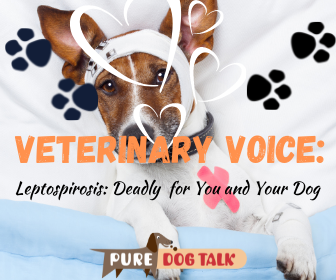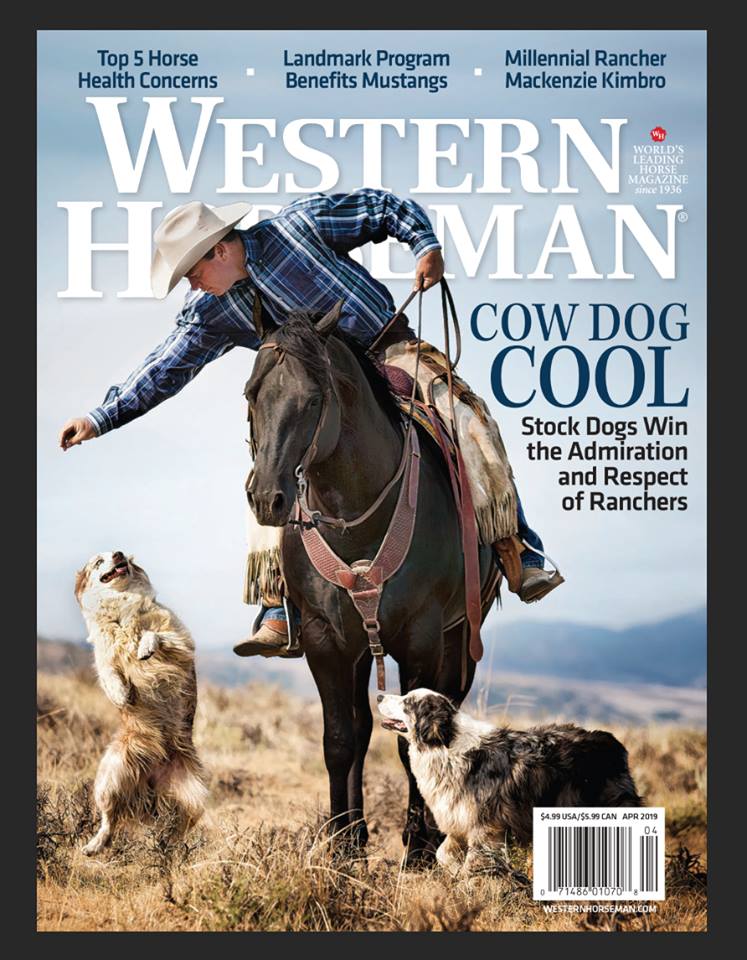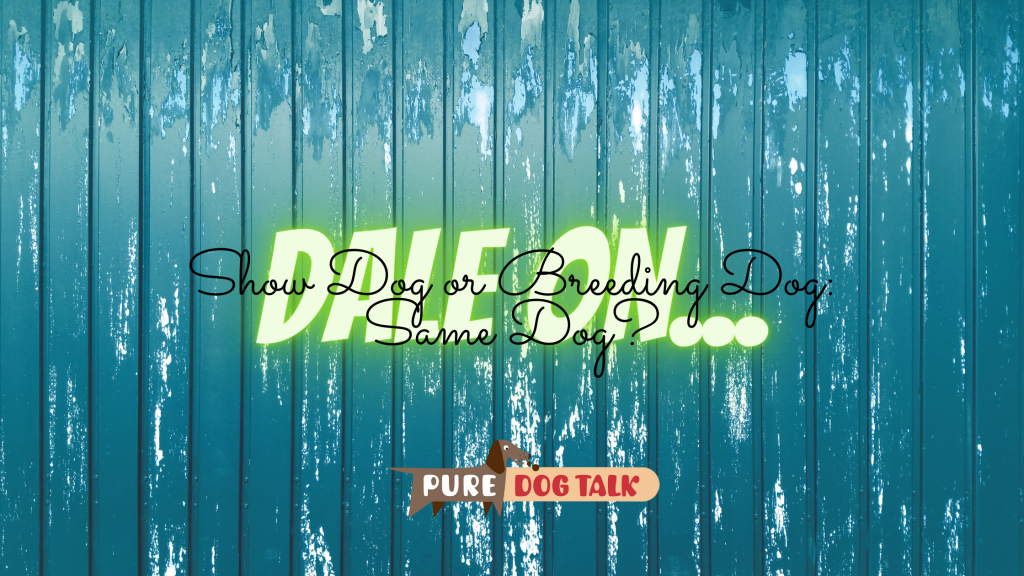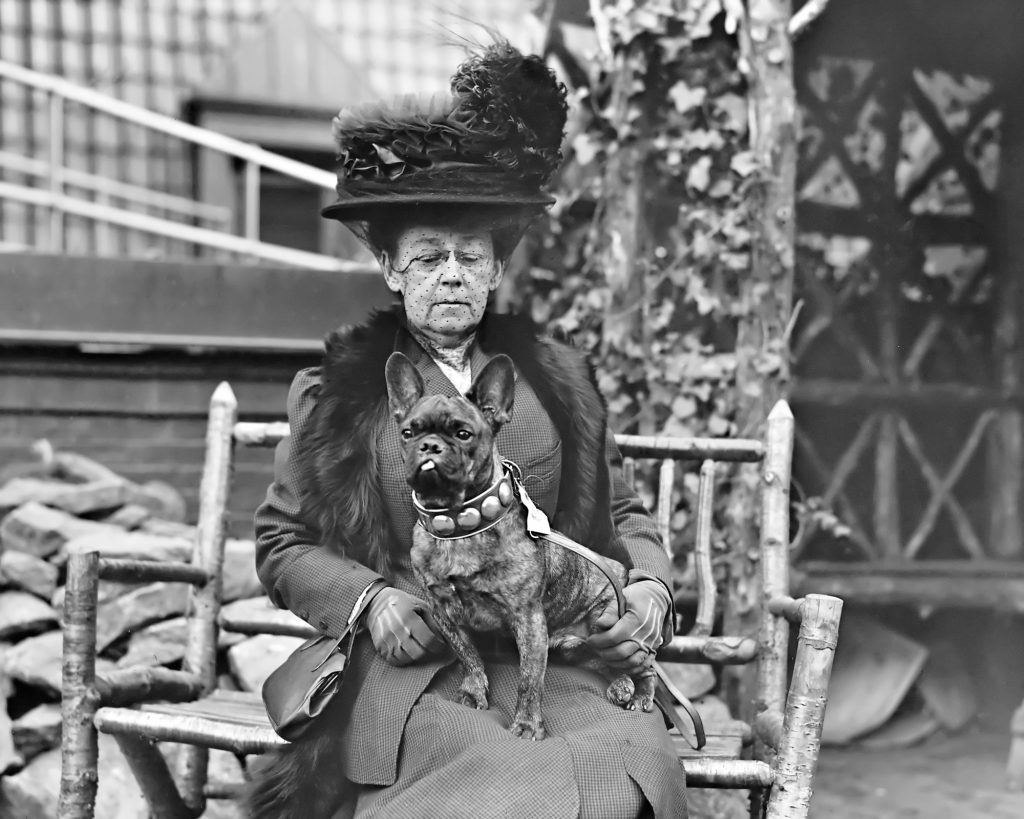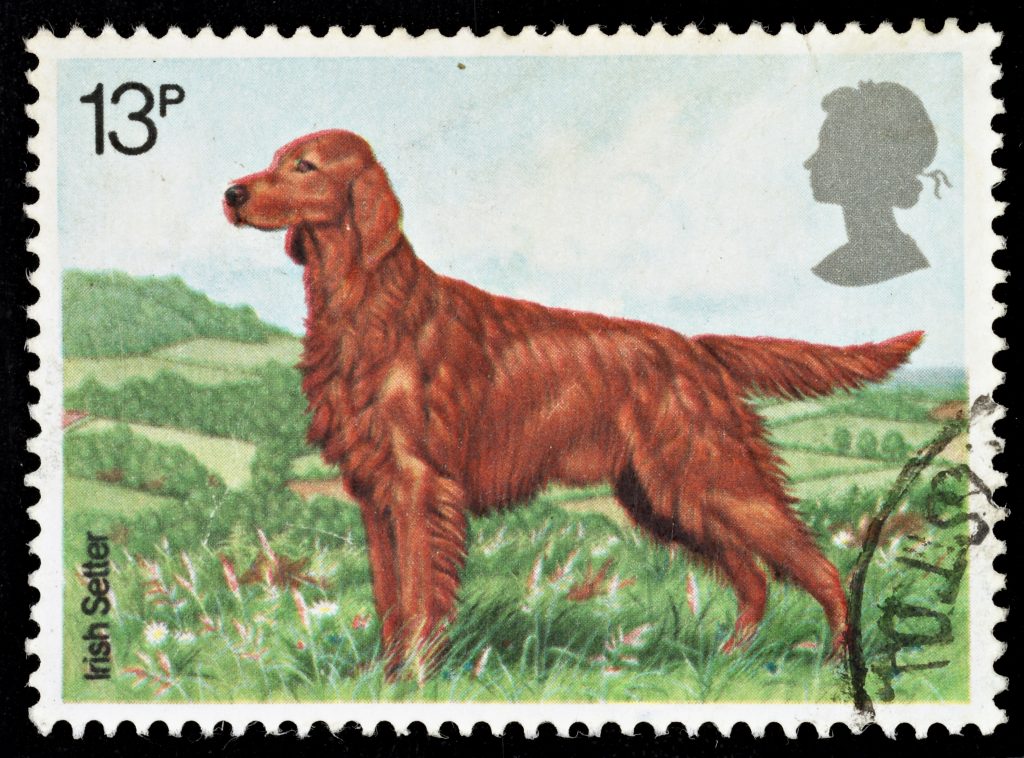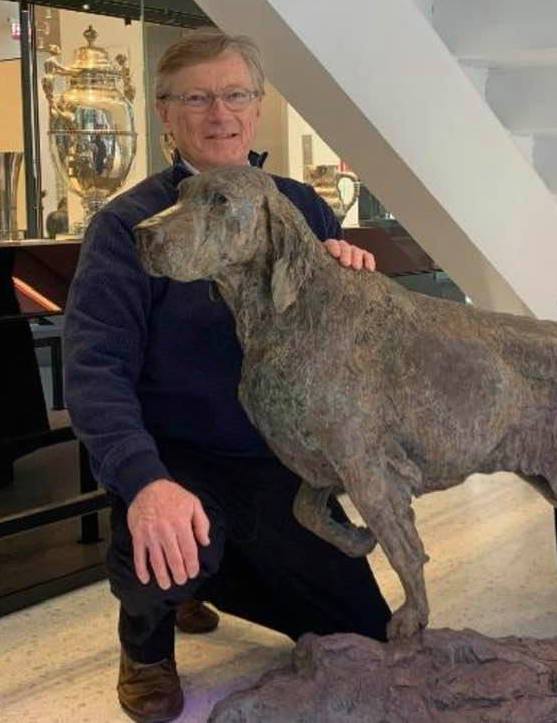495 — Amanda On… Owner Handlers, Winning, Losing and Fun
494 — Traveling with dogs – Pro Tips, Life Hacks and Tools for Success
493 – Leptospirosis: Deadly Disease for You and Your Dog
Leptospirosis: Deadly Disease for You and Your Dog
Dr. Marty Greer, DVM joins host Laura Reeves for deep dive and myth busting conversation about the dangers of the deadly leptospirosis infection in dogs AND humans.
“Years ago leptospirosis was in pretty significant disease,” Greer said. “And then we saw it kind of decline in frequency. Probably in the last decade or so. there’s been a reemerging of this disease. It’s a bacterial disease and there were some dogs that reacted to the lepto vaccine. If a dog was going to react to vaccine negatively it was probably either going to be lepto or coronavirus. So as a result, a lot of breeders started to drop that out of their vaccine protocols.
“However, we do see lepto in our practice on a fairly regular basis. It is most common in puppies under six months of age because their immune system isn’t as great yet. If you don’t look for lepto, you probably don’t see lepto.
“The recommendation is to not give leptospirosis vaccines to puppies under 12 weeks of age, because it tends to suppress their immune system and they have a more difficult time reacting to the other vaccines. About 12 weeks and older they should be vaccinated. It’s a series of two vaccinations, two to three weeks apart. We do recommend lepto for all the puppies in our practice unless the breeder has written into their contract not to do it.
“Unfortunately, there’s a fairly significant number of lepto cases that get undiagnosed. If you look through the list of symptoms, it’s extensive … it causes vomiting and diarrhea and cough and high liver enzymes and elevated kidney values and respiratory disease and eye disease, infertility. So, you can go right down the list and if you look at the symptoms, it’s anything that a dog can come in looking like.
Zoonotic impacts
Hawaii has the highest rates of human incidence of Leptospirosis infections, Greer noted.
“Think about the climate (in Hawaii). It’s moist, high humidity, alkaline soil. All of those factors contribute to leptospirosis being in the environment. The Midwest, southeastern states, of course, (are at higher risk).
“The more arid states like Arizona and New Mexico, California, those places tend not to have as much lepto because it’s drier. We most commonly see lepto about three to 18 months after significant flooding in an area. It spreads through the urine of infected animals, but it can also stay in the environment for an extended period of time.
“People do get lepto. There have been reports of people that work in kennels dying and farmers and veterinarians getting sick. So absolutely, positively humans can get lepto, either from their animals, their pets, from hospitalized patients or from livestock. There’s a lot of ways that people could be exposed to lepto. So if you have a possible exposure and you’re not feeling well, of course you need to let your veterinarian and your physician know.
Diagnosis
“There’s a blood test and there’s a urine test, and there is an antibody test and there’s a PCR test. So there are different ways to test depending on the symptoms that the dog is exhibiting and the stage of the disease. If the dog is recently infected and not yet on antibiotics, doing blood and urine PCR’s, where they actually look for the protein of the bacteria, is the most effective way to test.
“In a longer standing case, where the dogs have liver enzymes going up and kidney values going up, then you probably want to do a blood test, doing an antibody test. The best antibody test is done as two tests, three weeks apart. You do an acute titer and a convalescent titer looking for the titer to rise quickly over that three-week period of time.
Treatment
“(Do) not wait to put the dog on antibiotics. Baytril is not recommended. A lot of people reach for Baytril for serious infections, but it’s either amoxicillin, ampicillin or doxycycline that or the treatment of choice. They’re fairly long treatments. They are weeks of treatment to make sure that we’ve cleared not just the acute phase, but the carrier phase, where the dog would continue to shed the bacteria in the urine.”
492 – Made in America: Western Ranch Dogs Go Mainstream
491 – Show Dogs or Breeding Dogs: the Same Dogs?
490 – History, High Fashion and Legends at Morris and Essex
489 – Lorraine Bisso on the Irish Setter: “most beautiful of all dogs”
Lorraine Bisso on the Irish Setter: “most beautiful of all dogs”
AKC judge and Irish Setter breeder Lorraine Bisso shares her passion for the breed with host Laura Reeves.
“The standard tells you that it’s termed by artists, the most beautiful of all dogs,” Bisso said. “I tell people when I do judge’s education, when the dog walks in the ring, if your heart doesn’t skip a beat by the beautiful color, the symmetry, the silhouette, before you even get to know the dog, then something is missing. In this beautiful, drop-dead gorgeous dog beats a soul not to be matched. He would give his life for you. He also cheats at cards.”
Bisso has been involved with Irish Setters for more than 50 years and brings us a little myth busting.
“They are smart,” Bisso said. “That’s something that’s very misunderstood in this breed. They earned a reputation at one point for not being smart… they are very creative and often the problem is that they are one step ahead of their owners.
“Irish setters do not like to do things over and over and over again. They will go from point A to point B quite willingly several times. Then they will decide to take the scenic route. When they get to point B, they’re really mystified as to why you are upset. They got there, they just took the scenic route. It’s a charming part of the breed.
“The standard describes a hunting dog. When you judge them, you should keep in mind that singular point. They are the most beautiful of all dogs and they are bred to hunt. Everything in the standard relates to those twin elements of type, shall we say. They have to be beautiful, but they also must be the active gundog that the standard talks about. That’s the reason for the feet, the tail set, the proportions. the bite, the head, the eye. Everything in that standard is about a working gun dog and as you judge the breed, you should keep that in mind.
“Irish Setters are a single coated breed. Their coat is designed to have things come out if you brush them. Again, our standard calls for a “pleasing fringe of hair.” It does not call for a foot of hair, it calls for pleasing fringe. While we all love the beautiful show coats, don’t get me wrong on this, I’m a sucker for the full on press, all you really need is the pleasing fringe. So again I tell judges, do not walk past a dog because you don’t think that he has quote enough hair. If it’s good hair and it’s the right quality and it’s the right color then you’re good to go.”
Tune in next week for more from Lorraine Bisso and hear all about the history and excitement at this year’s Morris and Essex dog show.
488 – Veterinary Voice: Congenital and/or Hereditary Definitions
Veterinary Voice: Congenital and/or Hereditary Definitions
Dr. Marty Greer, DVM joins host Laura Reeves for a deep dive on the question of congenital vs hereditary disease definitions.
“So congenital is something you’re born with, not necessarily inherited, but something you’re born with. Genetic is something that you carry the DNA for,” Greer said. “If you’re born with something, it’s congenital. So, if you’re born with the umbilical cord wrapped around the puppies leg and the leg doesn’t fully develop, that’s congenital because they were born with it but it wasn’t genetic, it was an accident that the cord wrapped around the way. Just ’cause you see it at birth doesn’t mean it’s genetic.
Many diseases, Greer noted, “there is a genetic basis” with a “trigger.”
“An epigenetic or an environmental trigger, is there a nutritional component to it, was there some exposure to a chemical that predisposed the patient to it. So that’s where it starts to get muddy. Not everything that’s genetic is easy to figure out the inheritance pattern for. The things that we can DNA test for now are pretty much autosomal recessive genes,” Greer said.
“Are we throwing dogs out of our gene pool because they have something that’s genetic and we don’t have the right test for it, then we may never have a test for it or it’s not genetic or have some genetic and epigenetic and environmental component to it? As much as we think we understand this stuff, it’s not easy,” Greer added.
“The more we know, the less we know. As we start adding this information to our knowledge base, it’s going to become evident to us that what we thought isn’t really true… all information is valuable, but if you don’t apply it correctly, you’re going to end up bottlenecking your gene pool, as you’re going to throw good dogs out.”



